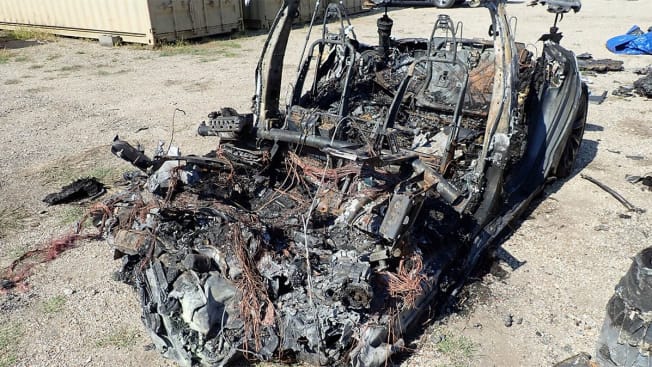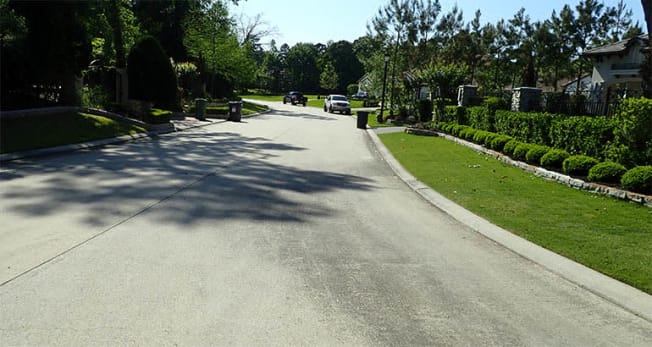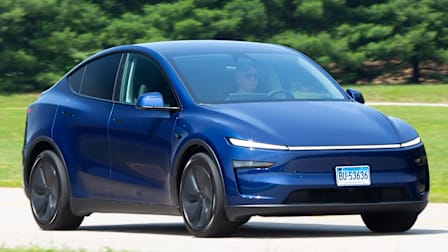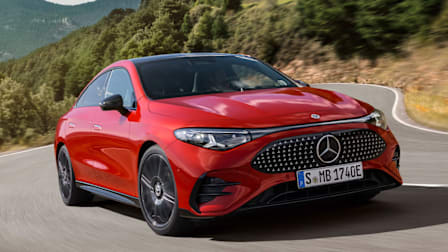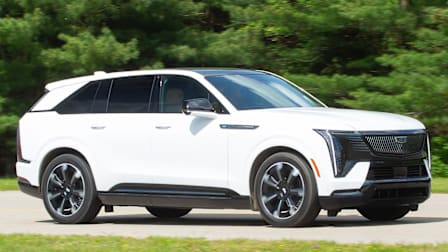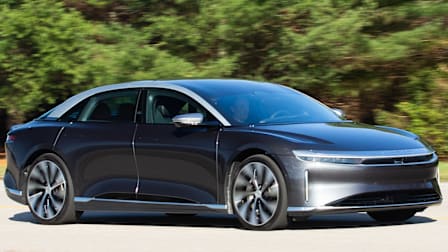The National Transportation Safety Board (NTSB)—an independent U.S. agency that investigates all aviation and other significant transportation accidents—indicated today that someone was in the driver’s seat at the beginning of the journey. Investigators were able to review the owner’s home security camera footage, which showed two occupants were sitting up front when they began the drive. The car traveled about 550 feet before leaving the road on a curve, then striking a curb, a drainage culvert, a raised manhole, and then a tree. The crash damaged the front of the car, leading to the lithium-ion battery catching fire and ultimately destroying the car, the report said.
The NTSB confirmed that the Model S was equipped with Autopilot, but investigators say that based on their evaluation using another Tesla, Autosteer was not engaged on that residential road. The report noted separately that the road did not have painted lines, which is needed for Autosteer to work. Elon Musk said in a tweet two days after the crash that data logs show Autopilot was not engaged on the car before the crash and that “standard Autopilot would require lane lines to turn on, which this street did not have."
The preliminary finding does not provide any definitive answers as to the ultimate cause of the crash or put to bed speculation that the Model S was being operated in some fashion without anyone in the driver’s seat. The NTSB investigation is ongoing, the report says. The safety board routinely releases preliminary findings shortly after a crash, before issuing a full crash investigation report later on.
In the week following the crash, Consumer Reports conducted an experiment demonstrating that it was possible to operate a Tesla in Autopilot without anyone in the driver’s seat. “The experiment wasn’t designed to prove anything about the Texas crash, but it did demonstrate that there isn’t adequate driver monitoring in Tesla vehicles to establish that there is a driver present, let alone one who is attentive, when Autopilot is engaged,” says Jake Fisher, CR’s senior director of Auto Testing who conducted the evaluation. “The fact still remains that Autopilot and similar systems from other automakers need to do a better job of making sure the driver is looking at the road.”
Investigators recovered the fire-damaged restraint control module, which contains key data associated with vehicle speed, belt status, acceleration, and airbag deployment. NTSB staff is working in a laboratory to analyze the module.
In a statement, the NTSB said, “All aspects of the crash remain under investigation as the NTSB determines the probable cause, with the intent of issuing safety recommendations to prevent similar crashes.” The NTSB also said it’s working “alongside” the Harris County Texas Precinct 4 Constable’s Office, which is conducting a separate, parallel investigation. The National Highway Traffic Safety Administration and Tesla “are supporting the NTSB in the investigation.”
